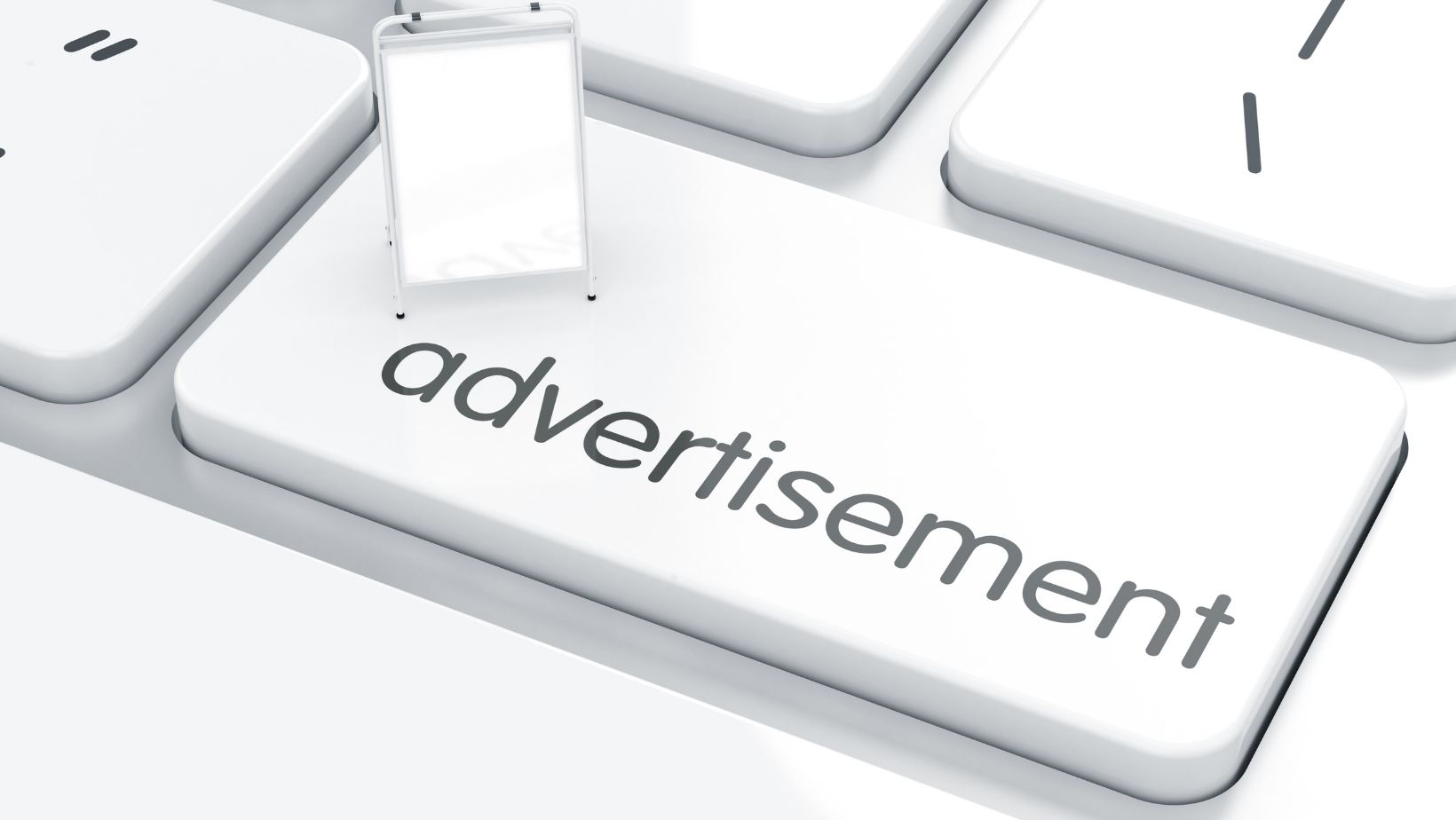In the highly competitive digital marketplace of 2025, launching a campaign on the world’s largest search engine is merely the price of entry. The true determinant of success, a factor that separates profitable advertisers from those who merely contribute to Google’s revenue, is a deep commitment to Google Ads optimization This is not a single action or a one-time setup, but a continuous, multi-faceted process of refinement and improvement. It involves a meticulous, data-driven approach to enhancing every single component of your account to drive better results more leads, more sales, and a higher return on investment (ROI)—for a lower cost. Mastering what is involved in this process is the cornerstone of any successful search engine marketing (SEM) strategy.
Defining Google Ads Optimization: A Continuous Cycle
Google Ads optimization is the ongoing process of systematically adjusting and improving your paid advertising campaigns to increase performance against your specific business objectives. At its core, it is the practice of making your campaigns more efficient, effective, and profitable. It’s a holistic discipline that requires you to analyze performance data, form hypotheses, run tests, and implement changes across every facet of your Google Ads account.
A comprehensive optimization strategy involves a deep dive into numerous interconnected areas:
- Keyword Strategy: Refining the search terms that trigger your ads to ensure maximum relevance and intent.
- Ad Relevance: Crafting compelling ad copy and creatives that directly address user queries and stand out from the competition.
- Bidding and Budgeting: Strategically managing your ad spend to achieve the best possible outcome, whether that’s maximizing clicks, conversions, or revenue.
- Quality Score: Actively working to improve Google’s rating of your ads, keywords, and landing pages, which directly impacts your costs and ad rank.
- Targeting: Honing in on the right audience based on their location, demographics, past behavior, and interests.
- Conversion Path: Ensuring the user’s journey from clicking your ad to converting on your landing page is as seamless and persuasive as possible.
Optimization isn’t about making random changes and hoping for the best. It’s about using the rich data provided by Google Ads and Google Analytics to make informed decisions that incrementally improve your key performance indicators (KPIs) over time.
Why Google Ads Optimization is Non-Negotiable
In an auction-based system where you are constantly competing against other businesses, standing still is the same as falling behind. Neglecting optimization is a surefire way to see your costs rise and your results diminish. Here’s why making it a central part of your PPC management is crucial.

- Improves Return on Investment (ROI): This is the ultimate goal. By lowering your Cost Per Acquisition (CPA) and increasing your Conversion Rate (CVR), optimization ensures that your advertising budget is not just an expense, but a profitable investment that drives tangible business growth.
- Boosts Quality Score: Quality Score is Google’s secret sauce. A higher Quality Score means Google sees your ads as highly relevant and useful to users. In return, Google rewards you with a lower Cost Per Click (CPC) and better ad positions. Optimization is the only way to achieve and maintain a high Quality Score.
- Reduces Wasted Ad Spend: Optimization helps you identify and eliminate budget leaks. This includes preventing your ads from showing for irrelevant searches via negative keywords, pausing underperforming ads, and shifting budget away from low-converting keywords or campaigns.
- Increases Conversion Rates: Optimization doesn’t stop at the click. By analyzing and improving your landing pages (a practice known as Conversion Rate Optimization or CRO), you increase the percentage of visitors who take a desired action, effectively getting more value from the traffic you’ve already paid for.
- Maintains a Competitive Edge: Your competitors are not static. They are constantly testing new ad copy, bidding on new keywords, and refining their strategies. Continuous optimization is your primary defense and offense, allowing you to adapt to market changes, outperform competitors in the ad auction, and protect your market share on the Search Engine Results Page (SERP).
- Generates Valuable Business Insights: The data generated from your optimization efforts provides invaluable insights into customer behavior, search trends, and market demand. These insights can inform your broader marketing strategy, product development, and overall business decisions.
The Core Pillars: What Is Actually Involved in Optimization?
Google Ads optimization can be broken down into several key pillars. A successful advertiser must consistently work on each of these areas.
1. Keyword Management and Optimization
Keywords are the foundation of your search campaigns.
- Keyword Research: This is an ongoing process. You must continually search for new, relevant keywords to target, including valuable long-tail keywords (longer, more specific phrases) that often have higher intent and lower competition.
- Match Type Refinement: You need to strategically use different keyword match types.
- Broad Match: Use with Smart Bidding to reach the widest audience, but monitor the Search Terms report closely.
- Phrase Match: Offers a balance of reach and control, showing ads on searches that include the meaning of your keyword.
- Exact Match: Gives you the most control, showing ads on searches that have the same meaning or intent as your keyword.
- The Search Terms Report: This is your most valuable tool for keyword optimization. Regularly review this report to see the actual search queries that triggered your ads. From here, you can identify new keywords to add to your campaigns and, just as importantly, irrelevant queries to add to your negative keyword list.
- Negative Keywords: Building a comprehensive negative keyword list is one of the most effective ways to reduce wasted spend. If you sell “luxury men’s watches,” you should add negatives like “free,” “cheap,” and “repair” to prevent your ads from showing to users with the wrong intent.
2. Ad Copy and Creative Optimization
Your ad is your storefront on the SERP.
- A/B Testing Responsive Search Ads (RSAs): With RSAs, you provide multiple headlines and descriptions, and Google’s AI tests different combinations to find the best performers. Your job is to continuously feed the system new assets to test. Pin your best-performing headline to Position 1, but let Google test other combinations in Positions 2 and 3.
- Compelling Calls-to-Action (CTAs): Test different CTAs. Does “Shop Now” work better than “Get Your Free Quote” or “Book Today”? Your CTA should be clear, direct, and aligned with your campaign goal.
- Ad Extensions: Fully utilize all relevant ad extensions (Sitelinks, Callouts, Structured Snippets, Image Extensions, Promotions). They provide additional information, take up more screen real estate, and have been proven to increase Click-Through Rate (CTR).
Google Ads Optimization Checklist
| Component | Key Optimization Action | Primary Goal / Impact |
| Keywords | Regularly review the Search Terms Report to find new keywords and negatives. | Reduce wasted ad spend, increase keyword relevance, and improve CTR. |
| Bidding | Switch from manual bidding to an automated strategy like Target CPA or Target ROAS once you have sufficient conversion data. | Leverage Google’s AI to bid more effectively in real-time, improving ROI and lowering CPA. |
| Ad Copy | Continuously add and test new headlines and descriptions in your Responsive Search Ads (RSAs). A/B test different CTAs. | Increase CTR and Ad Relevance. Find the message that resonates most with your audience. |
| Quality Score | Focus on improving Expected CTR, Ad Relevance, and Landing Page Experience. | Lower your CPC, improve your Ad Rank, and get more traffic for less money. |
| Conversion Tracking | Ensure tracking is set up correctly via GTM and GA4. Import conversions into Google Ads and optimize for them. | Make data-driven decisions based on what actually drives business value, not just clicks. |
| Landing Page | Ensure a strong message match between ad and landing page. Improve page load speed and simplify the conversion process. | Increase your Conversion Rate, turning more clicks into customers. Directly improves ROAS. |
| Audiences | Apply relevant audiences (in-market, affinity, remarketing lists) to campaigns as “Observations” to gather data, then target or bid-adjust. | Refine who sees your ads, layer valuable audience signals into your bidding, and reach past visitors. |
E-Tablolar’a aktar
3. Bidding and Budget Strategy Optimization
How you pay for your ads is a critical optimization lever.
- Manual CPC: Gives you full control but is time-consuming and cannot compete with AI in real-time auctions. Good for starting out or for very small campaigns.
- Automated & Smart Bidding: This is where modern optimization happens. Once your campaign has enough conversion data (typically 15-30 conversions in the last 30 days), you should test a smart bidding strategy.
- Maximize Conversions: Aims to get the most conversions possible within your budget.
- Target CPA (Cost Per Acquisition): You set a target cost per conversion, and Google’s AI tries to achieve it.
- Target ROAS (Return on Ad Spend): You set a target return (e.g., 400%), and Google aims to maximize conversion value to hit that goal. Essential for e-commerce.
4. Landing Page Optimization (CRO)
The optimization journey doesn’t end at the ad click.
- Message Match: The headline and offer on your landing page must directly reflect what the user clicked on in your ad. If your ad says “50% Off Blue Widgets,” your landing page better feature a prominent “50% Off Blue Widgets” banner.
- Load Speed: A page that takes more than 3 seconds to load will see a massive drop-off in conversions. Use Google’s PageSpeed Insights to diagnose and fix issues.
- Mobile-First Design: The majority of Google searches happen on mobile devices. Your landing page must be flawlessly designed for a mobile experience.
- Clear Call-to-Action: Make it incredibly obvious what you want the user to do next. The CTA button should be prominent, with compelling text.
5. Conversion Tracking and Data Analysis
You cannot optimize what you do not measure accurately.
- Accurate Tracking: Set up conversion tracking properly using Google Tag Manager (GTM) and Google Analytics 4 (GA4). Track not just form submissions and sales, but also micro-conversions like newsletter sign-ups or PDF downloads.
- Data-Driven Decisions: Use the data in Google Ads and GA4 to make decisions. Don’t rely on gut feelings. If a campaign, ad group, or keyword has a high CPC and zero conversions after a statistically significant period, it’s time to pause it and re-evaluate.
By diligently and repeatedly working on these interconnected pillars, you create a powerful flywheel effect. Better keywords lead to better ad relevance, which improves Quality Score. A higher Quality Score lowers your CPC. Lower CPC combined with a higher conversion rate from a better landing page results in a dramatically improved ROI. This is the essence of Google Ads optimization.

